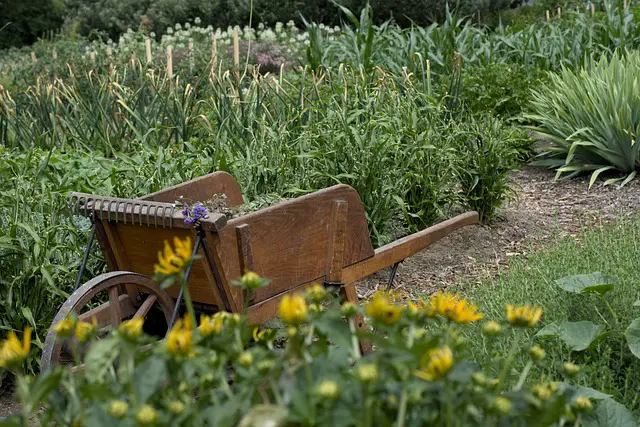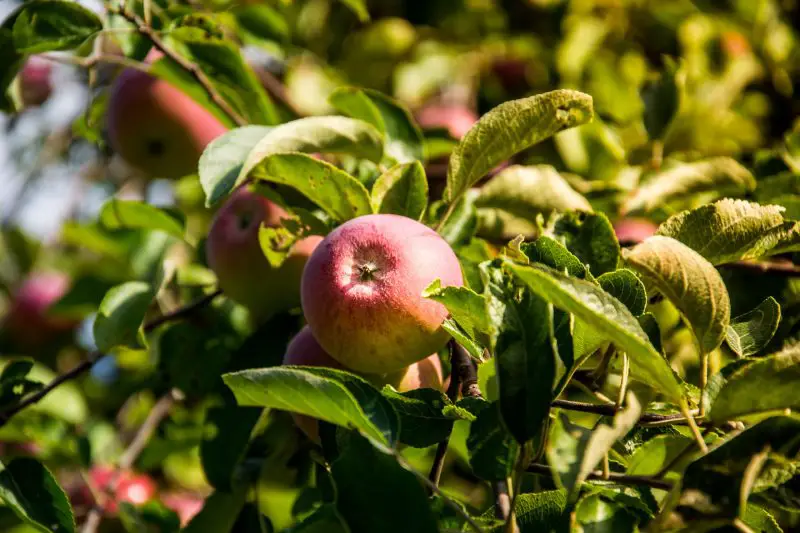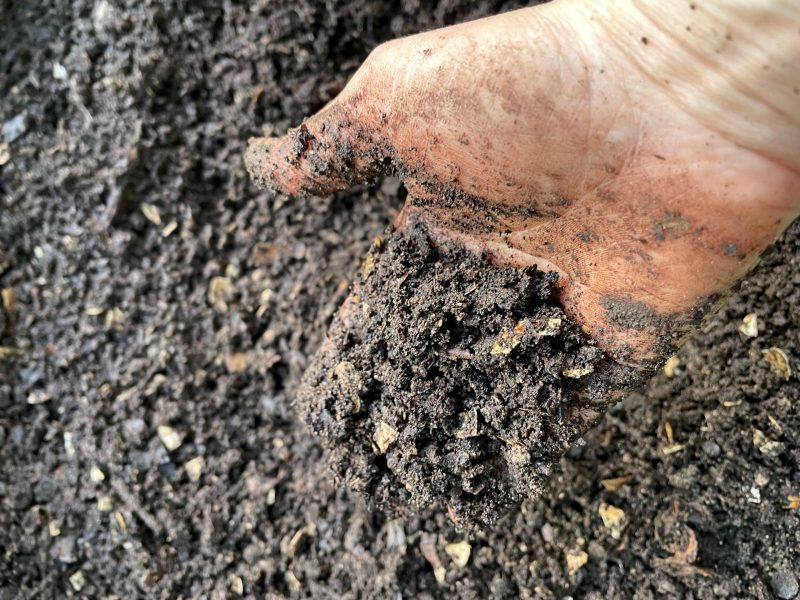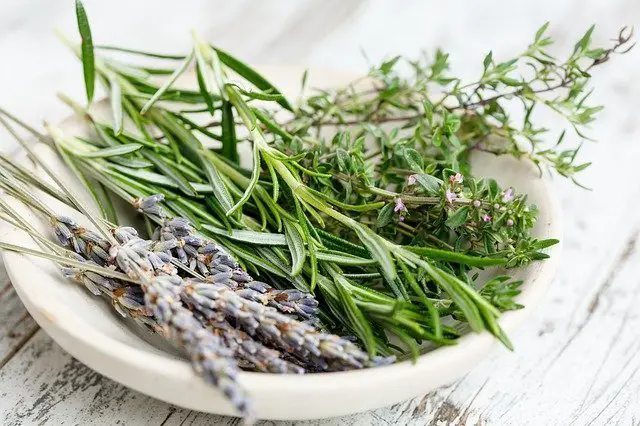During the COVID-19 pandemic, many people have turned to gardening as a way to cope with stress, anxiety, and uncertainty. However, wartime gardening goes beyond just a hobby or a way to pass the time. It’s a reminder that we have the power to take control of our food supply and contribute to a greater cause.
Victory gardens
During World War I and II, the US government launched a campaign encouraging citizens to grow their vegetables, fruits, and herbs in their backyards. These gardens, called “victory gardens,” were seen as a way to help support the war effort by providing fresh produce to troops and reducing the demand on the public food supply.
Garden in modern wartime
Resilience under fire
This is 2024 and we are watching two wars and many conflicts unfold worldwide without any clear near solutions. In the meantime, people are falling victim to famine and dying of hunger.
Uncle Rasheed Al Shukri, from Gaza, did not give up after his town has been bombed and destroyed. He rolled his sleeves, and with the help of his wife and daughters, he cleared the 200 square meters (2153 square feet) garden from debris.
“After the bombing, I lost everything, my house, and my neighbors. I had to return to my land because it is my livelihood’. Said Uncle Khaled trying to hide his tears. ” I have a lot of things growing here. Spinach is very nutritious, zucchini, cucumber, radishes, and dandelions are all growing here. I cannot afford to buy them from the market, so this garden allows us to stay alive.”
It is amazing how the fruit trees send new shoots despite the broken limbs and branches. Despite the lack of water, the Al Sukrui family tries hard to keep a few drops for the garden.
Keeping the legacy of the land
Alla Olkhovska is a gardener, writer, and photographer. Her passion is to take gorgeous photos of unique varieties of clematis growing in her garden. I came across her story through the Florets Flower Farm channel.
Living with her 86-year-old grandma and sick husband, Alla could leave Karkiev when the war between Russia and Ukraine broke out. However, she found refuge in her garden, reminding her that life is still beautiful.
Collecting clematis seeds and selling them is the way Alla found to support her family.
Alla’s garden is her hope that her country will be free once again and her way to keep Karkiev’s flowers alive for generations to come.
” My bamboo grove is pressed to the ground (due to the weight of snow)…, and I am like this bamboo, pressed but unbroken.” Says Alla while walking by her bamboo patch in the snow.
Smile despite the pain
Mehdi is a garden YouTuber from the North of Gaza. He lost everything including his garden. He had to flee to the South with his kids and wife. Despite the war, the smile does not leave his face.
Now, that he has no garden to work on he goes around and helps Southern Gazans in their gardens. He also uses his skills to build clay ovens and find ways to bring smiles to the kids and people in his refugee camp.
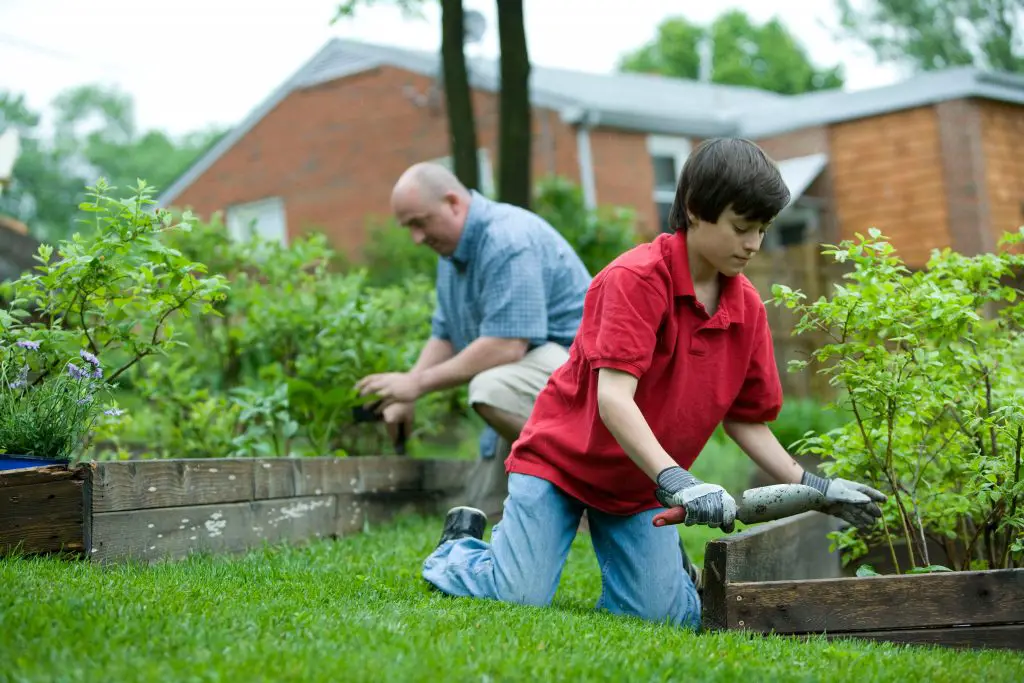
In times of war and conflict, gardening can be a powerful tool for survival and resilience. From victory gardens during World War I and II to the gardens of Uncle Rasheed Al Shukri, Alla Olkhovska, and Mehdi in modern-day conflict zones, growing food or flowers can provide a sense of self-sufficiency and contribute to a greater cause. It is a symbol of hope and belief in a better tomorrow.
Gardening is not just a hobby or a way to pass the time; it can be a means of survival and a reminder of the power of human resilience in the face of adversity. It is also a means of healing when the wound is deeper than medicine can fix.
